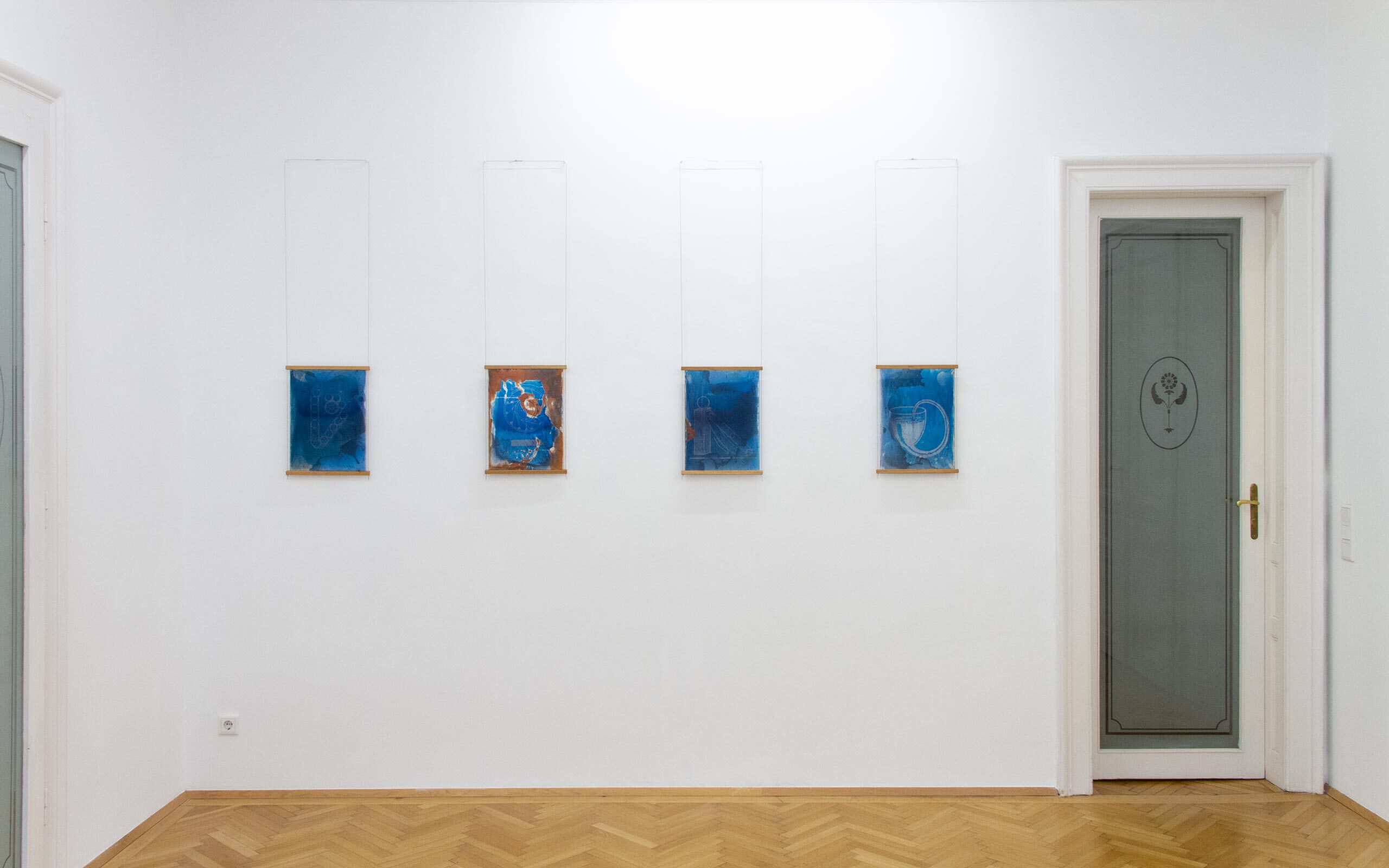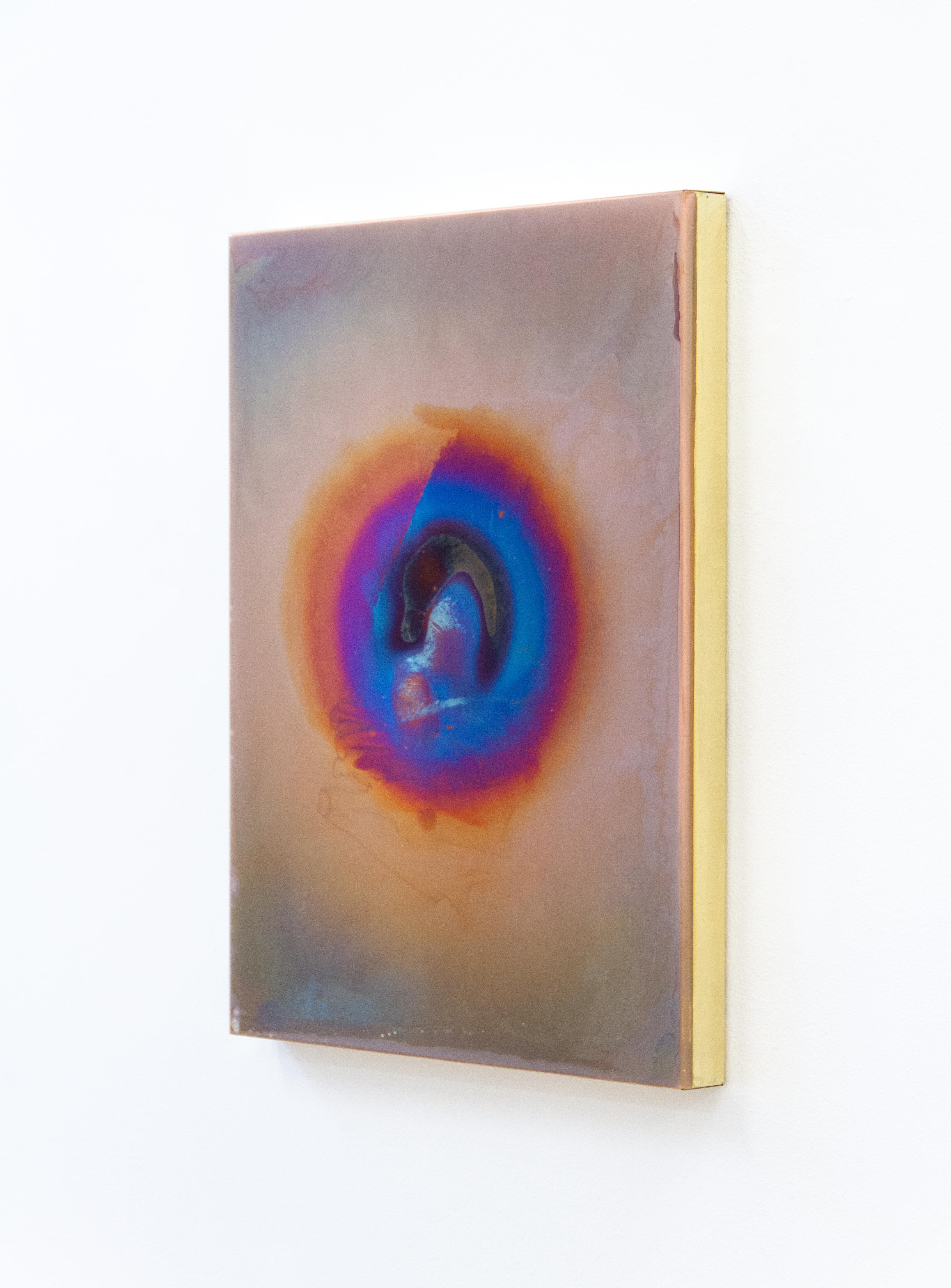Judith Fegerl I Andreas Duscha
»power harvest«
18 October – 26 November, 2022
With power harvest, Collectors Agenda is organising a duo show featuring two new work series by Judith Fegerl (*1977, Vienna) and Andreas Duscha (*1976, Heidenheim a. d. Brenz).


Judith Fegerl's sculptures and installations are charged when exhibited; they have previously undergone a process reacting to currents of electricity, by which Fegerl hands over the greater part of the responsibility in that creational process to electro-chemical reactions.
More recently, Fegerl has been employing alternative sources of energy to power or manipulate her works, with a focus on photovoltaic panels she explores their aesthetic qualities and much more so, their societal and geo-political dimension.

Andreas Duscha's works are of an aesthetic, almost poetic quality; but, beneath, a backstory waits to be discovered. Duscha carries out extensive research, digging through archives and historic accounts to uncover anecdotes of events and incidents of varying sociological relevance, inviting viewers to immerse themselves in different levels of perception.
As a carrier of his narratives Duscha has characteristically chosen mirror glass. In the course of working with analogue photo techniques such as cyanotype, which implies chance or accident, Duscha is seeking to increasingly combine both techniques, interpreting mirror as an unexposed negative of sorts, able to capture and reflect a certain “aura”.

In the present exhibition power harvest, Judith Fegerl and Andreas Duscha are exploring humankind's insatiable (yet inconclusive) desire for never-ending energy and the dream of being able to create that energy. Not by incident do the two work series owe their existence to the influence of the sun for their creation.
Andreas Duscha's mirrored cyanotypes – a slow-reacting photographic formulation that produces a cyan-blue print when exposed to light – take about 15 minutes to emerge. Each work piece features another daring apparatus by an inventor in search of developing a perpetual motion machine, a machine that would work infinitely without an external energy source. In hindsight, all of these attempts were doomed to fail as they violate either the first or second law of thermodynamics, or both.



Humankind cannot fully control the flow of energy. Since the invention of the first solar panel by Charles Fritts in 1883, which had an electricity conversion efficiency of about 1%, despite unfathomable technological progress, we are still able to only convert 20% of sunlight into usable energy.
To create her iridescent objects, Judith Fegerl coats brass plates with copper in an electroplating bath, unleashing a process that is difficult to control as it is driven mainly by the sun. The electrical energy required for the copper plating process is furnished directly by a number of solar panels installed at the artist's studio windows. Solar radiation thus feeds and regulates the process of the image formation, over which the artist has to release her own power to create. The results are defined yet varying circular shapes at each panel's centre that may remind of the Black Hole Sun as sung by Soundgarden (1994).



Mankind’s biggest dream is to be able to “create” or “grow” energy, which is implied in the words “power generation” or “power plant”, as if power was only something we would need to wait for to develop until we can harvest it. As the Perpetuum Mobile, this notion is a deception as we can only convert energy from one state to another, possibly having to face detrimental consequences, that we still ignore and by that hand down to future generations – such as carbon emissions and earth pollution.
A solar panel creature by Judith Fegerl occupies the centre of the space. It collects energy from the sunlight it receives through the exhibition room's windows during day time and converts and radiates UV-plant-light at night. During the opening night, the exhibition room’s lights are shut off at regular intervals to experience the exhibition in the light, harvested directly from the sun.





